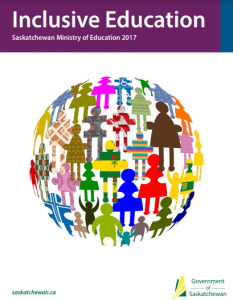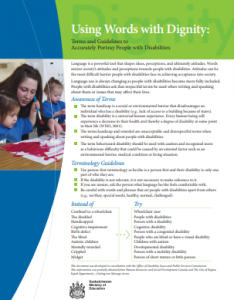Some really great resoucres were shared with me in my ECS 101 class this week that I want to familarize myself with and I think will be very helpful in the future!
All of these documents are hyperlinked in the title or you can find them on Saskatchewan’s page with many other resources as well.
Inclusive Education
This document was created by the Saskatchewan ministry of education in 2017 and outlines the benefits, practices, and importance of inclusive education.
Sneak Peak:

– “An inclusive attitude, belief and approach are embedded in the document, Actualizing a
Needs-based Model (2015), which outlines the following inclusionary philosophy and
beliefs:
- Focusing on the strengths, needs and interests of the student;
- Emphasizing the supports that the student requires and the elimination of
barriers; - Nurturing independence and interdependence by providing opportunities
that promote the development of personal empowerment and selfdetermination; - Maintaining a view that the student is an active participant within the
immediate community and wider society; - Embracing the belief that students are parts of an evolving society that
believes all individuals belong in and are valued members of a diverse
society; and, - Fostering an attitude of respect, appreciation and acceptance of diversity.”
I look forward to using this in my future classroom.
Using Words With Dignity

This document is about awareness of terms, guidelines, and gives “instead of” suggestions. I think this is important for everyone to see in all career paths.
Actualizing a Needs-Based Model
This document tells you how to support all learners, delivery models, and actualizing a needs-based model.
Sneak Peak:
- “The year has not been without its difficulties but the staff always met with us and rather than focusing on the issues and deficits, we focused on solutions and unlearned skills/unmet needs. My husband and I have learned a lot and while we considered ourselves fairly well versed in inclusion before we started this journey, the school has shown us what inclusion really means. The fact that our child has real friends and has learned many academic skills…”
– Parent of a student with intensive needs
This quote by a satisfied parent makes me excited to read this and share it with you guys too!
